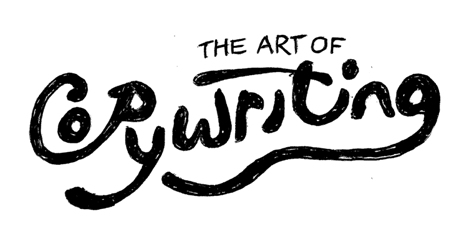In this blog post series I consider some of the finer points of copywriting – the little things that make a big difference; the tricks and touches that lift copy and make it more persuasive, better at selling and more likely to create a good impression.
How to write active copy
Great copy is active, not passive. Good copy is about doing things, and the strongest, clearest way to explain an action is to put the actor centre-stage.
Here are some examples of the passive voice getting in the way:
“There are first-class web design skills at Digital Solutions”
“More surfaces can be covered in less time with Whoople Paints”
“We were awarded the FML Award for 2011 by Spoxk Magazine”
Put the actor first, at the focal point of the action, to create sharper sentences. Here are the same sentences in the active voice:
“Digital Solutions offer first-class web design skills”
“Whoople Paints cover more surfaces in less time”
“Spoxk Magazine awarded us the 2011 FML Award”
Active vs passive
Writing in the passive voice isn’t always wrong, but the active voice can make your copy more direct and clear.




